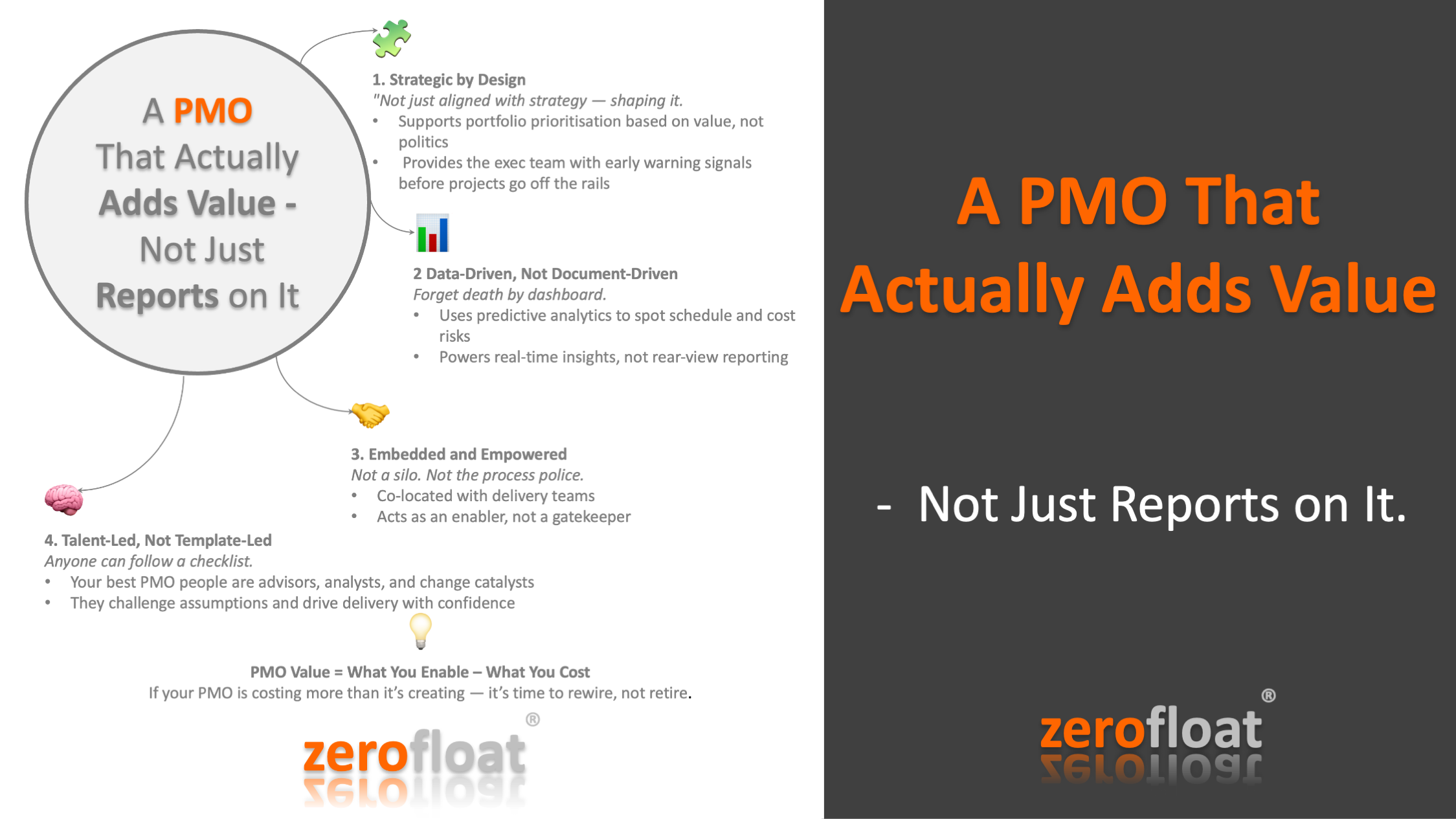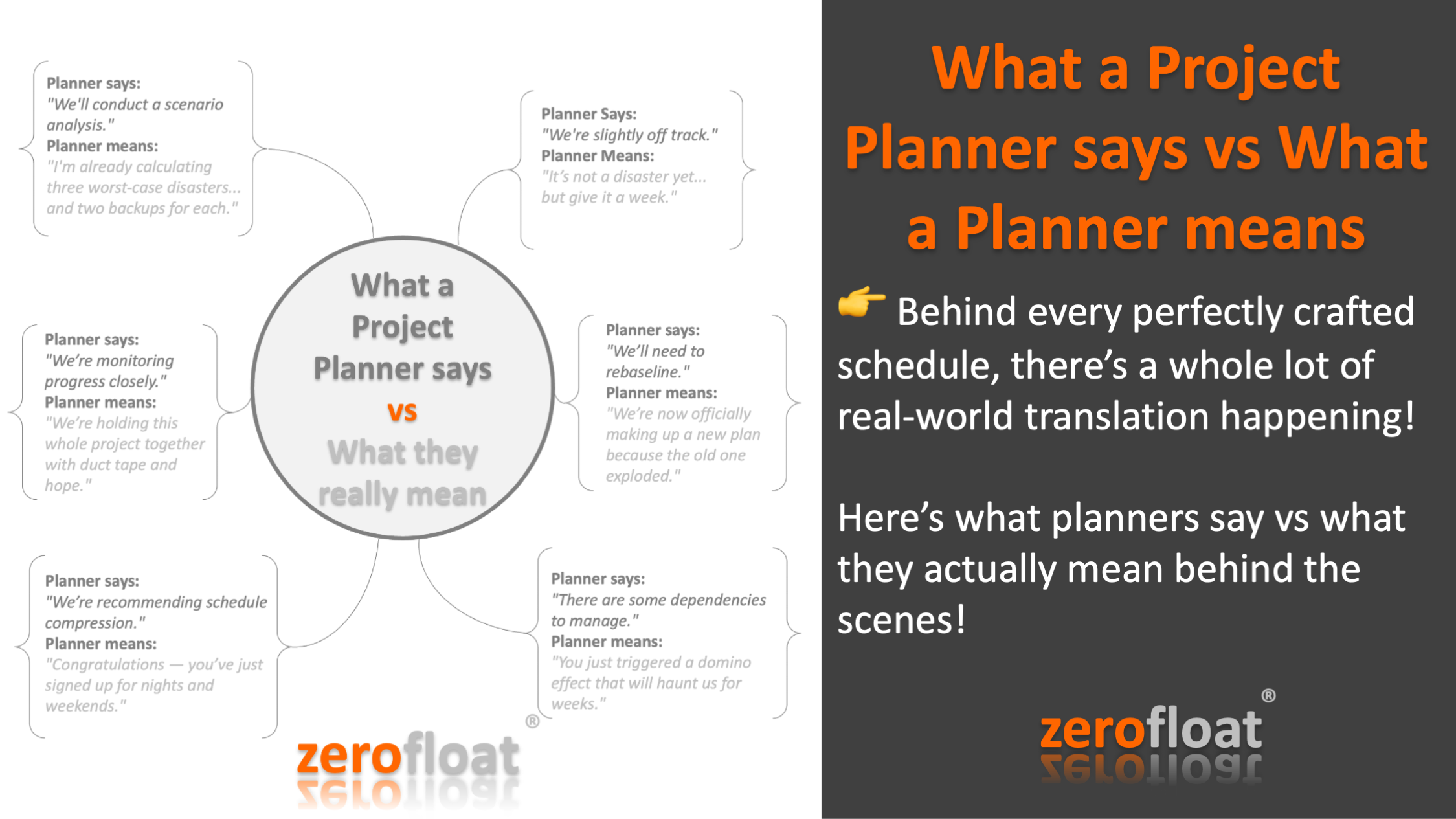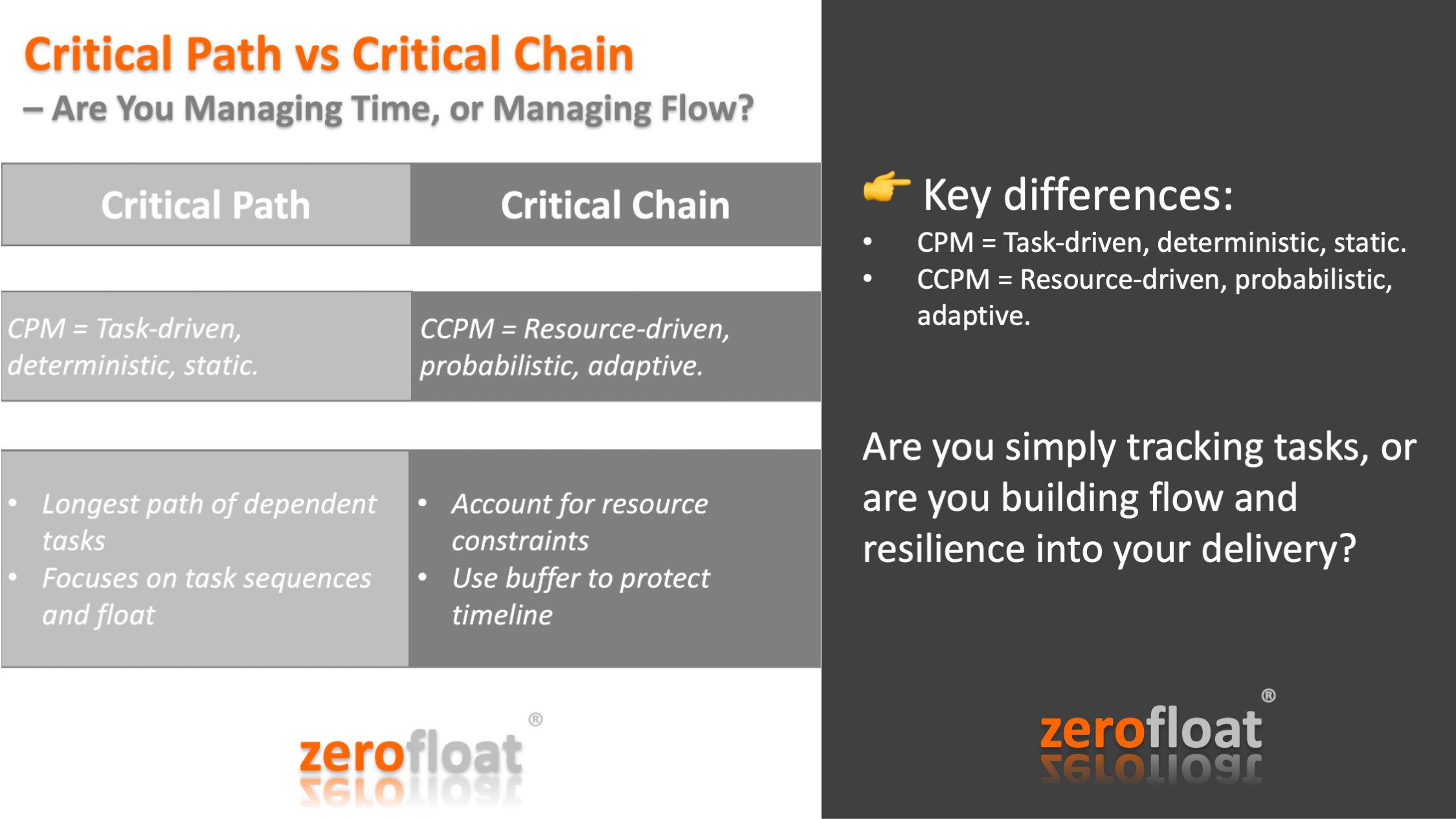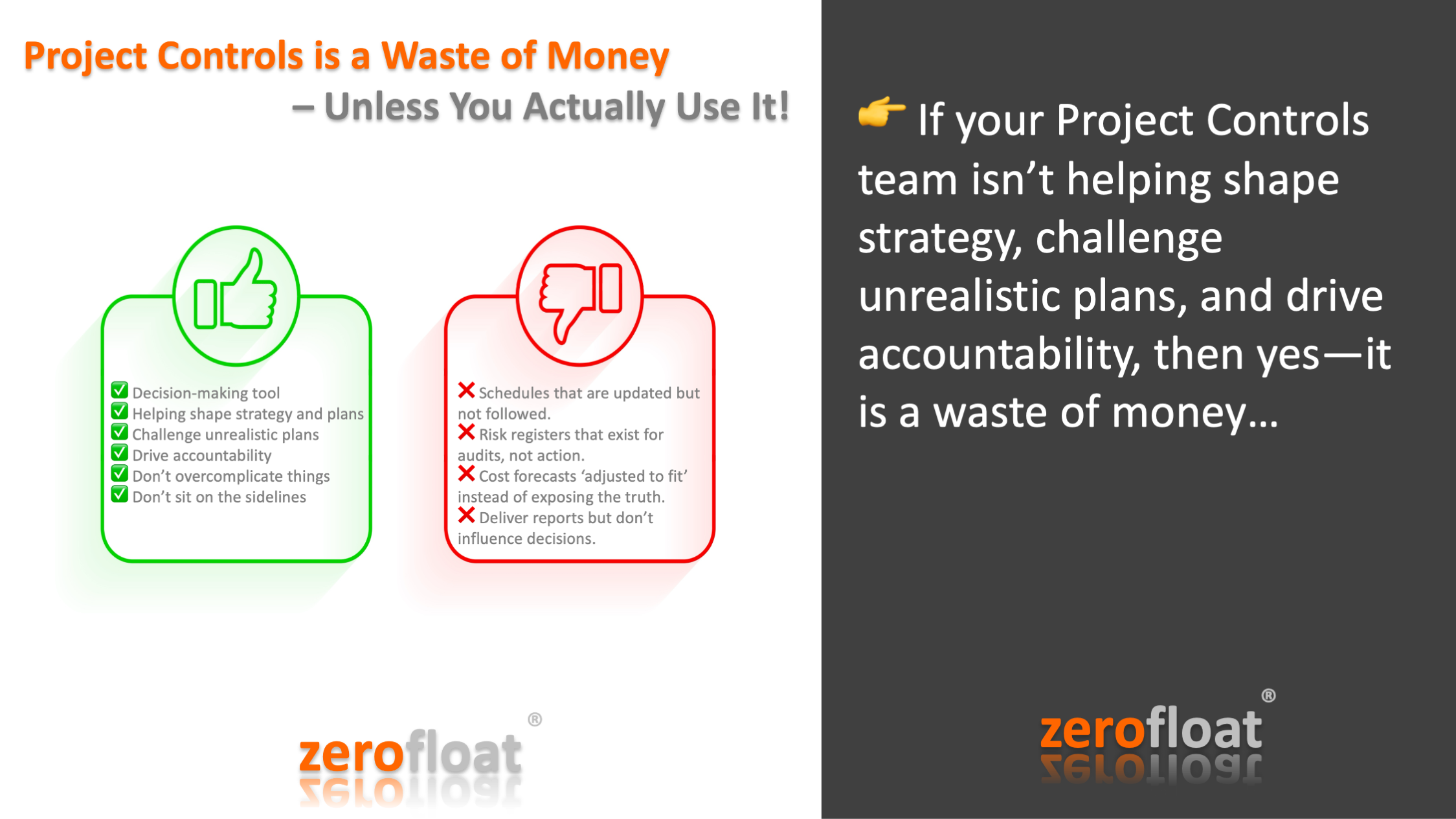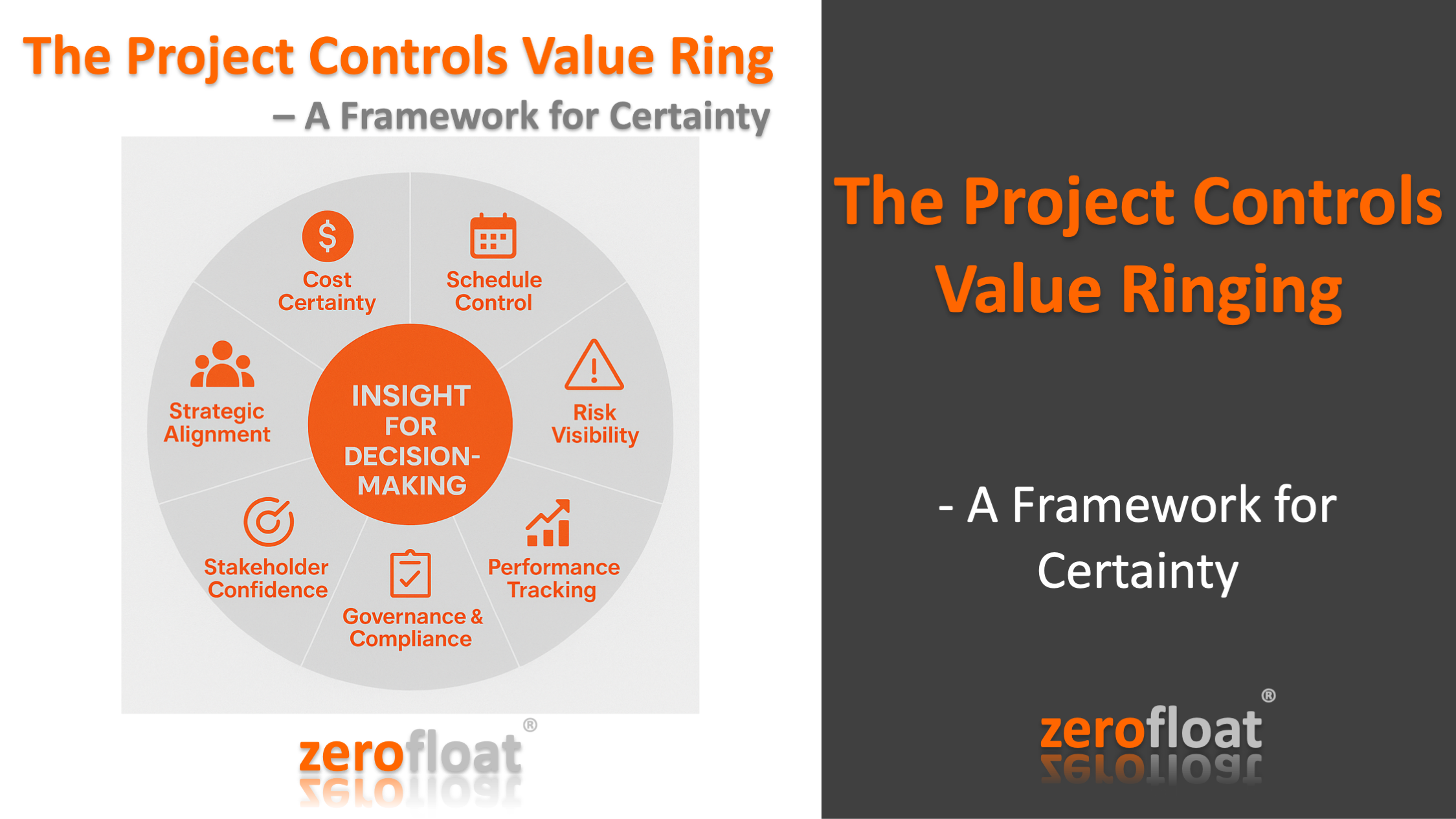
The Project Controls Value Ring
Project controls isn’t just a function—it’s a value engine. This Value Ring shows how project controls delivers certainty across every layer of a project, from daily decisions to strategic delivery: At the core is what matters most:🎯 INSIGHT FOR DECISION-MAKING – where data turns into clarity, and clarity into confident action. The ability to make proactive, informed decisions is the ultimate value-add. Surrounding Domains include:💰 Cost Certainty – Clear forecasts,…


